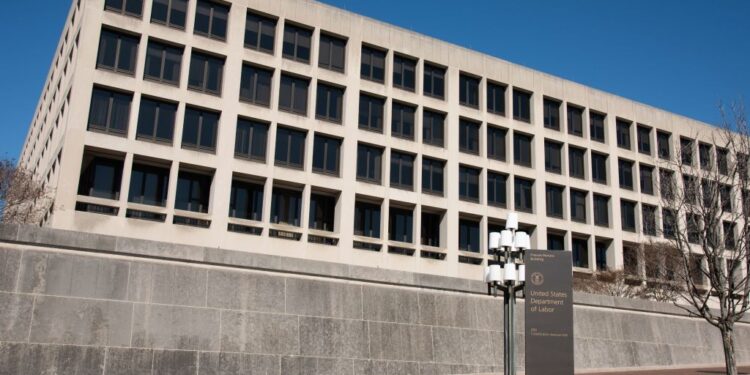Job growth picked up in September, with the U.S. economy adding 254,000 new jobs and the unemployment rate dropping slightly to 4.1%.
The figures, well above expectations, give further indication of the Federal Reserve strategy of cooling inflation without a recession. The central bank started to lower rates last month.
The main job growth areas were food services and drinking places, health care, government, social assistance and construction.
Jobs in movies and sound recording continued to fall, off by 1,700 to 445,600. Jobs in broadcasting and among content providers also fell, by 1,000, to 336,100. Publishing jobs actually rose, by 1,100, to 919,700.
The figures are from the Bureau of Labor Statistics.
The numbers will be one of the final pieces of data before the election in November. The next report likely will show the impact of Hurricane Helene, which has devastated parts of the Southeast.
Average hourly earnings rose by 13 cents, or 0.4%, to $35.36. Over the past 12 months, average hourly earnings have picked up by 4.0%.
There had been concern that a hiring slowdown during the summer could lead to a recession, but figures for July and August were revised upward by 72,000. The BLS typically revises figures as new data becomes available.
Jason Furman, Harvard professor and former chair of the Council of Economic Advisers, wrote on X that the report showed that “recession risks ticked down. Inflation risks stayed about the same.” He said that the report shouldn’t change the Fed’s plans to lower rates, albeit a strategy of 25 basis points per meeting “seems completely fine.”







